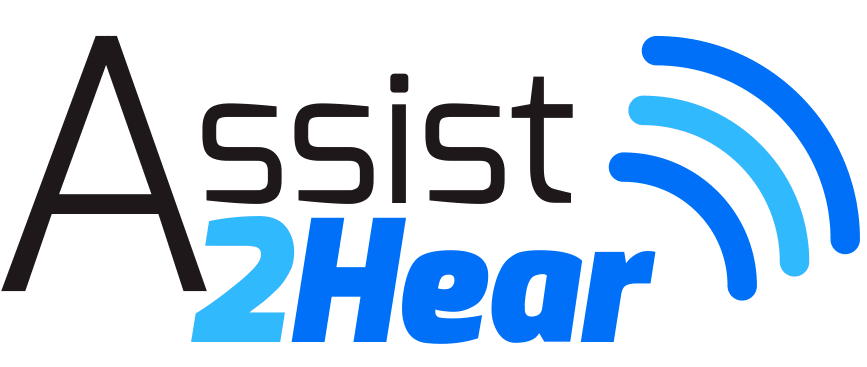A cochlear implant is a tiny two-part device that helps deaf or hard-of-hearing people hear. One part is placed behind the ear and a second half is surgically placed under the skin near the ear.
The implant consists of a microphone, a transmitter/receiver, a speech processor and an electrode ray.
Unlike a hearing aid, which simply amplifies sounds, a cochlear implant bypasses the parts of the ear that are damaged and instead stimulates the auditory nerve. The brain interprets the signals as sounds.
Cochlear implants don’t magically help everyone hear normally. In fact, they don’t work for everyone. They work well for adults who have lost their hearing later in life, because they can more easily associate the signal with a sound they’ve known from the past. They can help many people who are deaf and often can be implanted in children early enough to help during critical speech and language skill development periods. There is typically a “learning curve” after implantation of six months, or so, for the brain to relearn sounds that have been “forgotten”.
Hearing aids are essentially tiny amplifiers. In order for the device to work, you must be able to hear (at least partially). Before you buy a hearing aid, get an ear exam from an audiologist. People lose their hearing for different reasons, and hearing aids can’t help everyone. Plus, you want to make sure the hearing aid is fitted for your ear, which is why the Federal Trade Commission advises consumers not to purchase hearing aids by mail or through door-to-door salesman.
It’s important to have normal expectations of what hearing aids can do for you. Typically, you’ll regain about half your hearing. They work especially well in quiet situations. It can take anywhere from one month to three months to “retrain your brain” to hear sounds you haven’t heard in decades – and to adjust its internal volume because everyday sounds are now amplified.
Getting hearing aids is a PROCESS. One doesn’t just walk out of the hearing specialists office and hear normally. It takes weeks or months of working with the specialist to “tweak” the hearing aids to best suit your lifestyle. The brain has to relearn and process the “new” sounds. Some people get frustrated that the hearing aids don’t work and put them in a drawer, never to be seen again. This is a shame, because with proper adjustment and possibly some assistive listening devices, including hearing loops, one can enjoy the sounds that have been forgotten.
Bottom line, the longer one waits to get hearing aids, the harder it is for the brain to adjust. There are also studies that untreated hearing loss may contribute to dementia. SO, WHAT ARE YOU WAITING FOR?
Because hearing aids do not work well in noisy environments or from a great distance, many audiologists are now recommending hearing aids with built-in telecoils (sometimes called T-coils, t-switches or audiocoils). Telecoils allow users to couple hearing aids with assistive listening devices, such as room loops, telephones, infrared systems, personal amplifiers and FM systems. The combination of hearing aid and assisted listening device can improve hearing drastically by blocking out extra noise and improving the clarity of the sound in both ears simultaneously.
Most alerting devices for the deaf or hard of hearing use visual signals or vibration. These products can help with everyday needs – (alarm clocks, bed shakers, telephones, doorbells, baby monitors), and also for emergency needs – (smoke alarms, weather alert systems, emergency vehicle alert systems, fire detectors).
An often-expressed concern for deaf and hearing-impaired people is the inability to be alerted of natural disasters and other dangers in the home. Innovations in technology have created a line of products that use strobe lights in the home to alert occupants of danger. Gas detectors, smoke detectors and carbon monoxide detectors are now available with strobe lights. Some can even be tied in to community alerts. The same is now true for home security systems and water leak detection alarms. Some home security companies will even give you the accessibility options at no extra cost.
In addition to strobe lights, there are systems that can be tied in to a home’s lighting system, alerting occupants to dangers with blinking lights. Some can even shut off the television to alert users to dangers.
There is also something called NOAA Weather Radio, which warns deaf and hard-of-hearing people of dangerous weather using visual cues, vibrating alarms and simple text. The radio can be programmed by region and is battery operated. The radio can alert through a variety of accessories, including a strobe light, bed shaker and pillow vibration.
